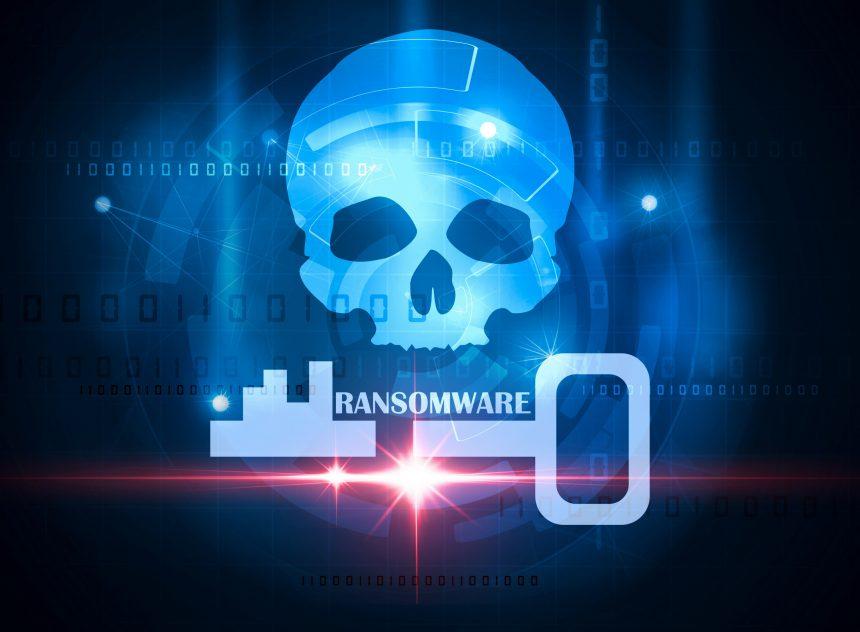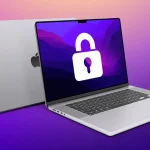The GURAM ransomware is a dangerous file-encrypting malware designed to extort victims by locking their data and demanding a ransom for decryption. Discovered through a routine inspection on VirusTotal, this ransomware operates by appending a specific extension to encrypted files and displaying a ransom note. Victims face financial pressure as they are asked to pay significant amounts of Litecoin (LTC) for file recovery.
Remove annoying malware threats like this one in seconds!
Scan Your Computer for Free with SpyHunter
Download SpyHunter now, and scan your computer for this and other cybersecurity threats for free!
What is GURAM Ransomware?
GURAM is a ransomware-type malware that encrypts victims’ files using strong cryptographic algorithms. Once files are encrypted, they become inaccessible and are appended with a “.{victim’s_ID}.GURAM” extension. For instance, a file originally named “photo.jpg” will appear as “photo.jpg.{F52F8167-EA78-785E-27DC-3EA48BD33F86}.GURAM.”
Following the encryption process, GURAM creates a ransom note named “README.txt”. This note informs victims that their files have been encrypted and that they need to pay a ransom of 10 Litecoin (approximately $1,000 at current exchange rates) to receive the decryption tool. The attackers also threaten to increase the ransom amount to $2,000-$10,000 if payment is delayed for over 24 hours.
Unfortunately, paying the ransom does not guarantee that the decryption key will be provided, as cybercriminals often ignore victims once payment is made.
How GURAM Ransomware Infects Computers
GURAM ransomware employs various techniques to infiltrate systems. Some common methods include:
- Phishing Emails: Malicious email attachments or links can trigger the ransomware infection when opened.
- Torrents and Illegal Downloads: Downloading software, media files, or games from torrent websites or unverified sources often leads to malware infections.
- Fake Updates: Cybercriminals disguise malware as software updates, prompting users to download malicious executables.
- Malicious Ads: Drive-by downloads initiated through infected ads can install ransomware without user consent.
- Bundled Software: Ransomware can be packaged with legitimate-looking programs from unreliable sources.
- Network Spread: GURAM can exploit vulnerabilities to spread across connected systems and removable devices (e.g., USB drives).
Consequences of GURAM Ransomware
- Data Encryption: GURAM locks files using advanced cryptographic algorithms, making them inaccessible without the decryption tool.
- Financial Loss: Victims face ransom demands ranging from $1,000 to $10,000.
- Additional Malware: In many cases, ransomware infections are accompanied by other threats, such as password stealers or keyloggers.
- System Instability: The malware may corrupt critical system files, reducing overall performance.
- Data Breaches: Cybercriminals may exfiltrate sensitive data before encrypting it, leading to potential privacy issues.
How to Remove GURAM Ransomware
Remove annoying malware threats like this one in seconds!
Scan Your Computer for Free with SpyHunter
Download SpyHunter now, and scan your computer for this and other cybersecurity threats for free!
While removing GURAM ransomware will prevent further encryption, it will not restore encrypted files. Follow the steps below to eliminate this malware and ensure system security:
Step 1: Boot Windows into Safe Mode
Safe Mode ensures that the ransomware does not run during the removal process.
- Restart your computer.
- Press F8 or Shift + F8 repeatedly before Windows loads.
- Select Safe Mode with Networking from the boot options.
Step 2: Use Anti-Malware Software
To detect and remove GURAM ransomware, use a trusted anti-malware tool. Follow these steps:
- Download and install SpyHunter.
- Run a full system scan to identify ransomware-related files.
- Follow the software’s prompts to remove the detected threats.
Step 3: Delete Ransomware Files Manually
If you prefer manual removal, locate and delete suspicious files associated with GURAM:
- Press Ctrl + Shift + Esc to open the Task Manager.
- Look for suspicious processes and end them.
- Navigate to the following directories and delete malicious files:
- %AppData%
- %LocalAppData%
- %ProgramData%
- %Temp%
Note: Be cautious when deleting files to avoid removing critical system data.
Step 4: Clean the Registry
- Press Win + R, type regedit, and press Enter.
- Go to HKEY_CURRENT_USER\Software and HKEY_LOCAL_MACHINE\Software.
- Look for suspicious keys and delete them.
Step 5: Restore System Files
Use Windows’ built-in System Restore feature to return your system to a previous state:
- Press Win + R, type rstrui.exe, and press Enter.
- Follow the on-screen instructions to select a restore point created before the ransomware infection.
How to Recover Encrypted Files
- Backup Restoration: If you have backups stored on an external drive or cloud storage, restore your files from there.
- Data Recovery Tools: Use third-party recovery tools like Recuva to attempt file recovery.
- Contact Security Experts: In rare cases, security professionals may help decrypt files if vulnerabilities in the ransomware are identified.
Preventive Measures to Avoid Ransomware Attacks
Protect your system and data from ransomware infections by following these preventive steps:
- Regular Backups: Always keep backups on external drives, cloud services, or remote servers.
- Update Software: Ensure your operating system and software are up-to-date to patch security vulnerabilities.
- Avoid Suspicious Emails: Do not open emails, attachments, or links from unknown senders.
- Download from Trusted Sources: Avoid torrents, cracked software, and unreliable websites.
- Install Security Software: Use reputable anti-malware tools to monitor and protect your system.
- Enable Firewall and Antivirus: Keep Windows Firewall and antivirus software enabled.
- Disable Macros: Avoid enabling macros in documents unless absolutely necessary.
- Monitor Network Activity: Regularly check for suspicious processes and unauthorized access.
- Educate Yourself: Stay informed about the latest ransomware threats and phishing tactics.
Conclusion
The GURAM ransomware poses a significant threat to personal and business data. Its ability to encrypt files and demand a hefty ransom makes it essential to act quickly if infected. By following the steps outlined in this article, you can effectively remove GURAM ransomware and implement preventive measures to avoid future infections.
Remember, prevention is the best defense. Regularly back up your data and remain vigilant against suspicious activities to keep your files safe.
GURAM Ransomware’s Text File (“README.txt“)
Text presented in the “README.txt” ransom note:
Your files are encrypted. To decrypt files you need to pay 10 LTC = 1000 $
You need to send cryptocurrency 10 LTC=1000$ to the address
ltc1qdwectzwfhuap0q9xsqh7t433568py527vxvtq9
ltc1qdwectzwfhuap0q9xsqh7t433568py527vxvtq9
ltc1qdwectzwfhuap0q9xsqh7t433568py527vxvtq9
You have 24 hours to send proof of payment to payfast1000@onionmail.org
payfast2000@onionmail.org
If you need a test file. It will cost 1LTC=100 $
If 24 hours pass and you do not pay, the cost of restoring your files will cost $2000-10000





